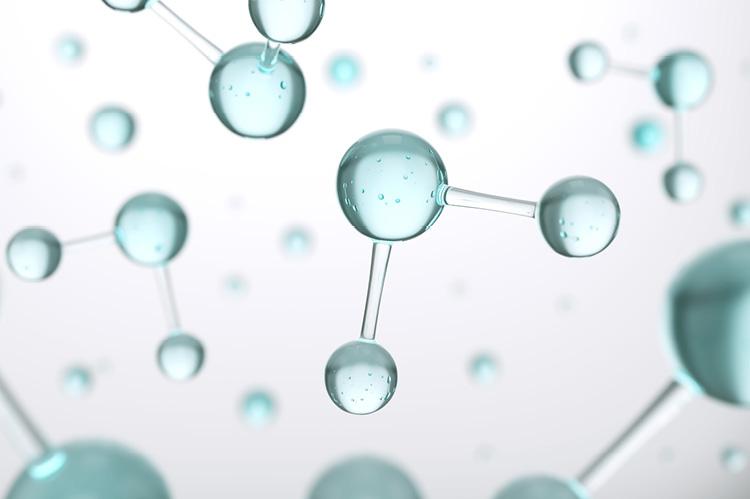Commercial Use of Hydrogen Looms Large With the Trans-Adriatic Pipeline

The Pipeline Technology Journal (PTJ) has made several references the past weeks to European pipeliners looking into the possibility of transporting hydrogen through the existing network of gas pipelines crisscrossing Europe.
One recently finished infrastructure project, the Trans-Adriatic pipeline (TAP) is actively considering the transport of a blend of natural gas and hydrogen and the question TAP management is now facing is to what extent the existing TAP infrastructure can technically deal with the new blend. As Vugar Veysalov, head of external affairs at TAP, said "we are in the process of assessing the degree to which TAP can technically accommodate transporting a blend of natural gas and hydrogen. Especially in the case of an expansion (up to 20bcm/a), it will be important to take into account potential future demand and requirements in the design of any new equipment," he added.
TAP shareholders include TAP shareholders include BP, Azerbaijan’s SOCAR, Snam, Fluxys and Enagás.
Snam has been thinking out loud for many months about bringing hydrogen into its mix of energy fuels.
Hydrogen is seen as an energy source that could partly replace natural gas in future, helping to cut emissions provided it is produced using renewable power and is therefore carbon-free.
Snam, Europe's biggest gas pipeline operator, has been experimenting with a 10% mix of hydrogen in part of its gas network and has said 70% of its grid is "hydrogen ready".
Earlier this year it reached a deal with SOCAR to study the possible use of renewable gases for delivery through the Southern Gas Corridor. (SOCAR is the operator of Azerbaijani part of the pipeline which is 231 km long, and the Southern Gas Corridor (SGC) aims to transport Azerbaijan gas to Europe via Georgia and Turkey. It is the second non-Russian pipeline enabling the transportation of the natural gas to the European market and entirely fitting into the energy security policy of Brussels.)

